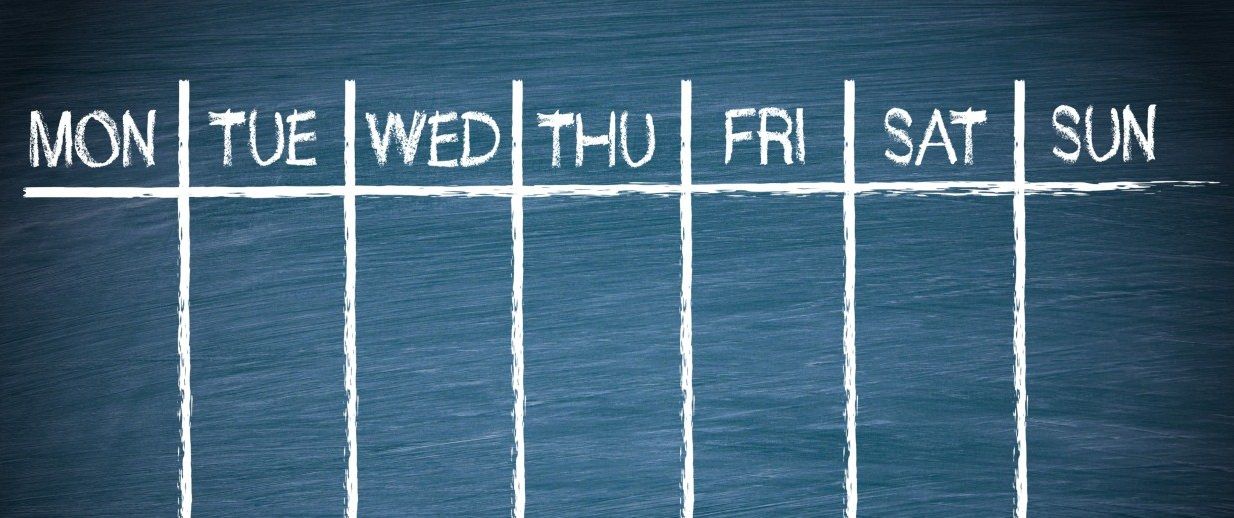As corporate cultivation operations in California continue to expand, small cannabis growers in the Golden State are banding together to develop cooperatives in an attempt to gain a competitive edge against their large-scale rivals.
Co-ops present pros and cons for smaller marijuana growers. But those who are making the move point to these factors:
- By joining forces, modest-sized farmers can offer a steadier supply of cannabis to distributors and retailers.
- Growers can market their products more consistently via a cooperative model.
- Cultivators can share resources to lower their operating costs.
Fink also is the founder of Grass Valley Growers Cannabis Cooperative, which has eight members and anticipates cultivating roughly 70,000 square feet of cannabis this year.
“If we’re able to collectively market our product, we’re able to secure greater shelf space,” he added.
“With the force of the cooperative, we’ll be able to approach retailers and distributors with a consistent and quality-controlled supply.”
California regulations limit individual members of a cannabis collective to 10,000 square feet of canopy and a total of 4 acres, or 174,240 square feet, per co-op.
The move in California toward co-ops comes as some businesses are acquiring dozens of small-grow licenses in one cultivation area and bundling them together to create large-scale corporate operations. The practice is known as “license stacking.”
“A lot of the legacy farmers in California are being pushed right out of the system in exchange for license-stacking mega-farms,” Fink noted.
Corporate competition
While cooperatives can offer a different type of product than their corporate counterparts – think premium cannabis – some overlap does exist between the two markets.
“Call it a Venn diagram,” said Hezekiah Allen, chairman of Emerald Grown, a holding company that oversees six marijuana farming cooperatives in California.
“There are going to be places where we compete. But there are things that we’ll be able to do and they won’t.”
For example: Allen sees common ground at an eighth of an ounce of flower fetching $30 at the retail level. While not the cheapest cannabis on the market, that price point doesn’t represent the highest-quality product.
Where a cooperative can distance itself from the big producers is at the premium, or craft, marijuana level, he said.
“We’re probably never going to be the most price-competitive,” Allen said. “But I think there’s an attention to detail and a level of artisanship that I don’t think can scale.”
Terra Carver, executive director of the Humboldt County Growers Alliance, agreed.
“Typically, in any economy of scale, you lose quality as you scale up,” she said.
Fink said that a focus on quality is one of the main selling points for his cooperative.
“We are in competition with synthetic-fertilizer, indoor mega-grows,” he said. “With our entire cooperative being made up of small farmers, everybody gets to spend a lot of time with their plants.”
The pros of co-ops
To Drew Barber, owner of East Mill Creek Farms in Humboldt County and president and founder of Uplift Cannabis Co-op, joining forces offers a variety of benefits.
His co-op has seven members in a remote area in Northern California, and he sees it as an extension of the community ethos of taking care of your neighbor.
“This just made sense for those of us who are getting into the legal market,” Barber said.
For example, it would be too expensive for him to brand his small farm. But spreading the costs of marketing with Uplift’s other members makes financial sense.
“Instead of marketing 500 pounds of cannabis, we have the marketing force of 8,000 pounds,” Barber said.
The members save $2,000 a year per farm on insurance by banding together. They also save $1 per clone through bulk purchases. That translates into thousands of dollars in savings for a 10,000-square-foot cannabis grow.
“The advantages are huge,” Barber said. “It starts making financial sense very quick.”
Another benefit of the co-op model: It can help growers move into the regulated market and understand the steps needed to maintain compliance.
“Even the licensing and permitting process has been a shifting landscape,” Fink said. “As a collective, we can stay up on it a little bit better than just floating out there on our own.”
Yet another possible boon: Fink hopes to pool the resources of his farmers as well as partner with Allen’s Emerald Grown to build a local processing facility that could serve up to 20 farms in the first year.
“It’s incredibly difficult for a small farm to build a commercial building on their property,” he added.
Co-op challenges
As in any business organization, a cooperative will experience its own problems.
“There are going to be disagreements that arise,” Allen said. “Take the time to ensure that the folks you’re working with share your outlook and share your approach.”
Carver emphasizes that this structure isn’t the silver bullet for all small farmers, and the success, or failure, of a co-op depends on the strength of the community.
“This is not a traditional business model,” she added. “This is very much a cooperative and communicative effort together.”
Both Allen and Carver suggested that potential co-ops should identify before organizing what values they want their organization and members to hold.
Most of those focus on community and cooperation.
As the founder of his co-op, Fink has found the democratic nature of the group to be a strength, but also difficult.
“Sometimes coming to a consensus in decisions as a large group of farmers is a challenge,” he added. “It’s not for everyone.”
Ultimately, Fink believes the co-op model can ensure a long-term future for his business and those in his community.
“This is not a plan for us to build our farms and sell them off to a big corporation years down the road,” he said. “This is trying to keep our homes on our land where we raise our families.”
Bart Schaneman can be reached at barts@mjbizdaily.com





